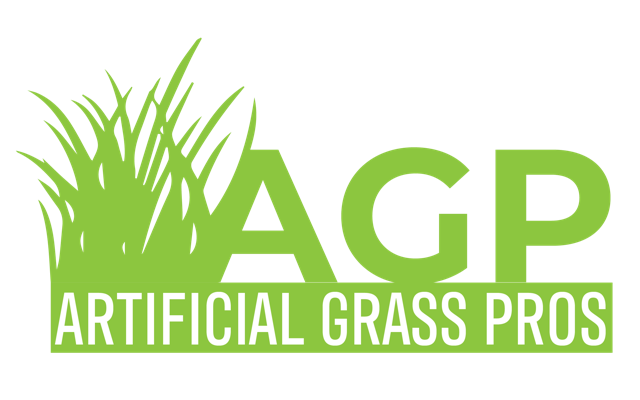If you are interested in having artificial grass installed, it is important to make sure that the process is seamless. Having the right people and tools will help you make your synthetic grass installation a success.
When considering a new lawn, it is important to remember that the look, feel, and longevity of the turf will be affected by the installation. You should always work with a professional and talk to previous customers. A synthetic lawn installed correctly will look like a well-maintained natural grass surface.
To make the most of your new lawn, you should install a high quality drainage system. Using an AirDrain will elevate the synthetic turf above the subgrade, allowing water to be able to flow through quickly and easily. This allows for a lower surface temperature and a lower water consumption.
You should also be sure to use the appropriate infill materials. The amount you should use will vary depending on the thickness of your artificial grass. However, the typical amount is about 1.5 to 2 pounds of infill per square foot. Make sure that the infill material is recommended by the manufacturer.
Next, you should lay down a geotextile layer before installing the base material. Be sure to leave at least a one to two inch space between the base and the turf. Once you have the geotextile layer laid down, spread the infill over the turf. Do not use regular sand to infill. It should be silica sand.
To secure the edges of your turf, you should use u-nails or staples. For example, if you are using u-nails, it is recommended that you fasten a nail every six to eight inches from the perimeter.
Another good trick to have in your arsenal is a carpet stretcher. This will allow you to eliminate wrinkles and stretch the edges of the turf before nailing them into place. You can find a carpet stretcher at Home Depot.
During the installation process, you will want to have a well-maintained perimeter fence. While this will not prevent your turf from falling out of the designated space, it will help ensure that your grass stays in place. Also, you can mark unused sprinklers to avoid having uneven surfaces.
Finally, you will want to have a 2% grade on your soil. This will help drainage and will also ensure that water will be able to flow to the lowest point on the property.
In filling the artificial turf, you should use a push broom or a turf rake. However, you should never counter sink or drag the turf over the base. Depending on the length and thickness of your synthetic grass, you should aim for a 0.5 to 1.0 inch gap between the edges of the turf and the base.
You should also consider a seaming tape to keep the edges of the artificial turf together. Seaming tape is applied lengthwise along the turf backing.
Aside from the obvious, there are many other things you should do before and after you have installed your new synthetic lawn. Keeping the area clean will help the infill settle in better. After the infill is in, you should wipe the area down to remove any residue. Look into our other blogs to learn more!

Recent Comments